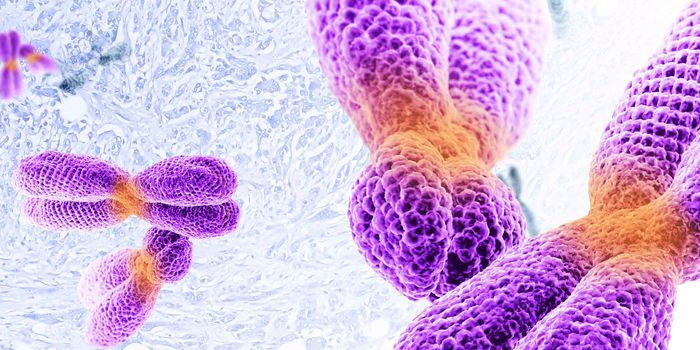Second Cancers Deadlier for Younger Patients
We tend to think children and young adults are more resilient in the face of health crises. But a new study finds that when cancer strikes for the second time in those who are young, the outcome is often much poorer than those who are older.
The study was done with data from over 1 million cancer patients of all age range throughout the U.S. Those who were between the ages of 15 to 39 were considered to be adolescents and young adults (AYA). The 14 most common cancer types that afflict children and the AYA population included: female breast, thyroid, testicular, Hodgkin lymphoma, non-Hodgkin lymphoma, acute lymphoblastic leukemia, acute myeloid leukemia, soft tissue sarcoma, bone sarcoma, colorectal, central nervous system, cervical and ovarian cancer.
But the real surprise in the results came when researchers analyzed the survival statistics for the AYA population following a second cancer diagnosis. They found that while children and AYAs had an 80 percent chance of survival following the five years after the first cancer diagnosis, this number dropped to 47 percent for children, and 60 percent for the AYAs. By contrast, older people (those over 40 years old) had a 5-year survival rate of 70 percent after the first diagnosis, and 61 percent after the second diagnosis.
"Although the increased incidence of second cancers is well known among cancer survivors, less is known about outcomes of these cancers or the influence of age," said Theresa Keegan, the study's lead author. "Second cancers are a serious late effect of having a prior cancer and, for most cancers, have a substantial impact on survival." Keegan is a cancer epidemiologist at the UC Davis Comprehensive Cancer Center.
“For almost every type of cancer, the AYA population did worse with a secondary cancer," said Melanie Goldfarb, the study’s co-author. "What struck us was that the second cancer caused such an increased risk of death." For all 14 cancer types, all but two cancers (melanoma and testes) showed significant survival differences between first and second cancer diagnosis.
So far, it’s not clear why this should be the case. That is, why would younger patients fare worse than older patients given the same cancer recurrence?
Aside from biological differences in the cancers themselves, the team postulates the differences may be due to treatment response. Among other reasons, the team also cite psychological factors that may influence treatment outcomes.
"These younger people don't have all the support or resources they need," said Goldfarb. "They may not have adequate insurance, or they may get lost in the system. They may suffer from depression, which can contribute to their overall health and worsen their cancer outcome."
The team plans to explore other research questions to understand the differences in survival for children and AYAs. In the meantime, they hope the results will prompt physicians to think about age-specific recommendations when it comes to cancer care.
Additional sources: UC Davis Comprehensive Cancer Center









